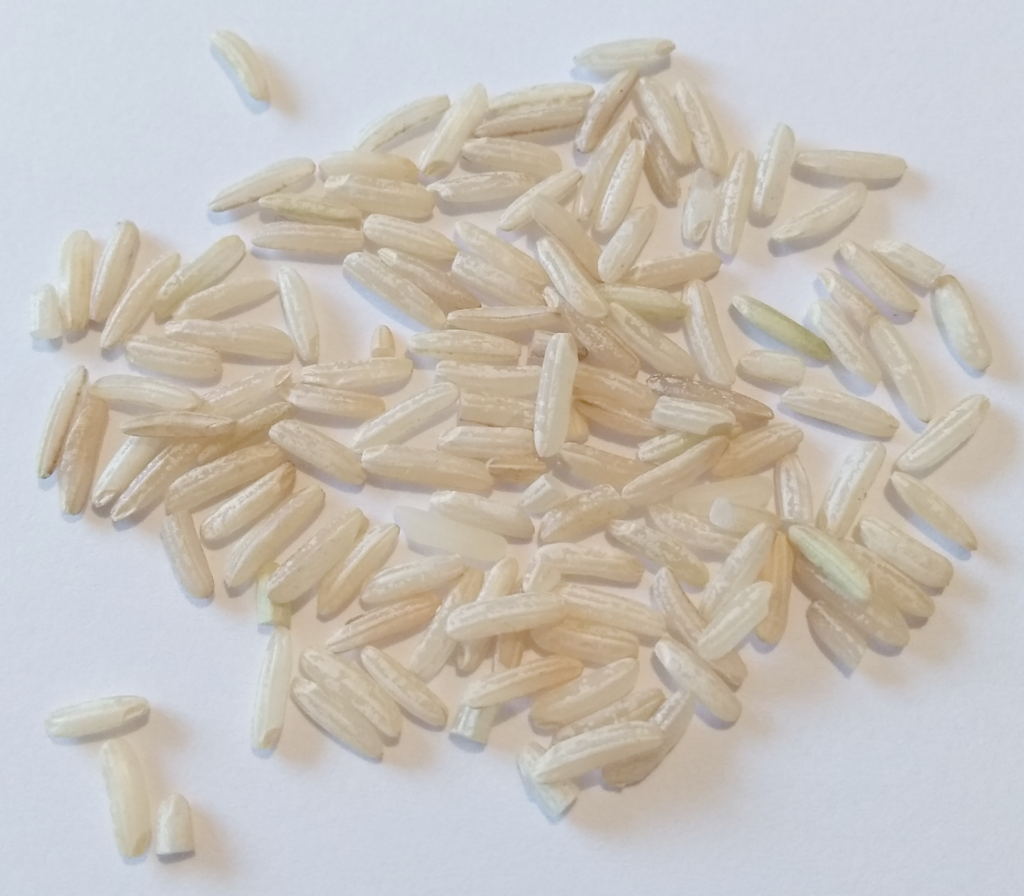Finding rare earth elements by hyperspectral imaging

Imagine a world without smart phones, the latest medical imaging or great bass response from your earphones? Nope, nor can I. Worryingly, the continued availability of these essential 21st century pieces of tech is far from certain because they each rely on so-called Rare Earth Elements (REEs). REEs are not particularly rare but they are rarely found in the earth at sufficiently high concentrations to make it commercially viable to mine them.
The vast majority (>90%) of the world’s supply of REEs comes from China; the USA and Australia producing most of the remainder. With the fast growing demand for REEs and the equally fast growing economic Cold War between China and the West, supply is looking precarious.

In 2016 a detailed report was published by the European Union EURARE project. European geological survey groups from Finland to Greece reported rare earth elements were widely present across Europe but there were just a few potentially viable REE mines. The figure below shows the EURARE distribution of ‘belts’ of REE geology. The next step would be to send a geologist with her rock hammer out into the field and then drill cores to find exactly where viable concentrations of rare earth minerals could be mined. But how to examine these areas of hundreds of square miles of land?

Researchers from the Helmholtz Institute in Freiberg in Germany believe they have found the answer. Rene Booysen and her colleagues reported this month that Unmanned Aerial Vehicles (UAVs) can be used to deploy hyperspectral imaging cameras to accurately locate REE deposits on the earth’s surface. Lanthanide minerals absorb light in very characteristic ways. Rather than absorbing broadly yellow light like a sapphire for example, the lanthanide REEs have very narrow absorption bands. Narrow bands are loved by spectroscopists because they can be much more easily picked out against backgrounds. Providentially, REEs tend to be found together and one lanthanide in particular, neodymium Nd (see the blog title image), absorbs light very strongly indeed in its narrow absorption bands.

The Helmholtz Institute group cleverly exploited this fact by mounting a hyperspectral imaging camera on a drone and then rapidly covering 10,000 m2 areas of interest in Namibia and Finland. In addition to the hyperspectral camera on a copter drone, a small UAV plane was used for 3D imaging so that geometric corrections could be made to the images taken by the drone.

Areas in Finland and Namibia were pre-selected from geological regions rich in so-called carbonatites, rocks on the surface known to contain REE minerals.

Impressively, comparison of the HSI neodymium images with elemental analysis of rock samples from the survey sites in Namibia and Finland showed good agreement with concentrations of neodymium and other rare earth elements.
Further extensive surveying and mining in Europe will be required to establish what mineable reserves of essential REEs Europe holds. The team from Helmholtz Institute in Germany have nevertheless validated hyperspectral imaging as a major step towards securing the economic future of many key modern technologies.
Read the full Nature Scientific Report here.
The European EURARE report was published by Elsevier here.
More information on rare earth minerals and geology can be found at the American Geosciences Institute.



